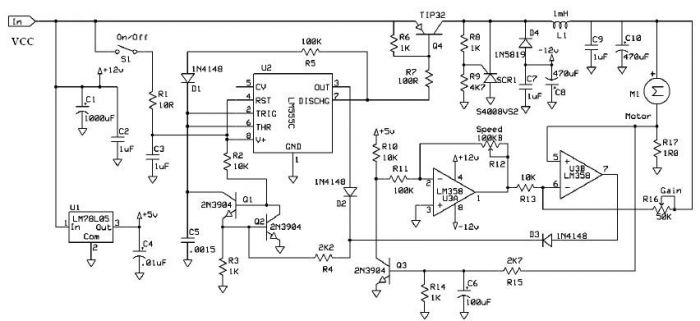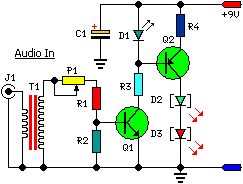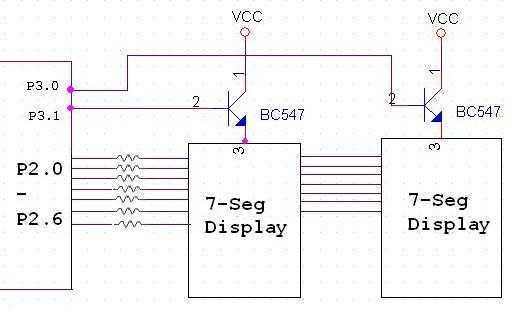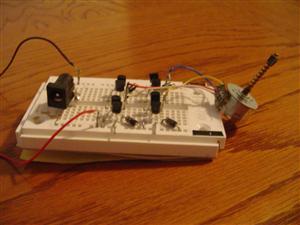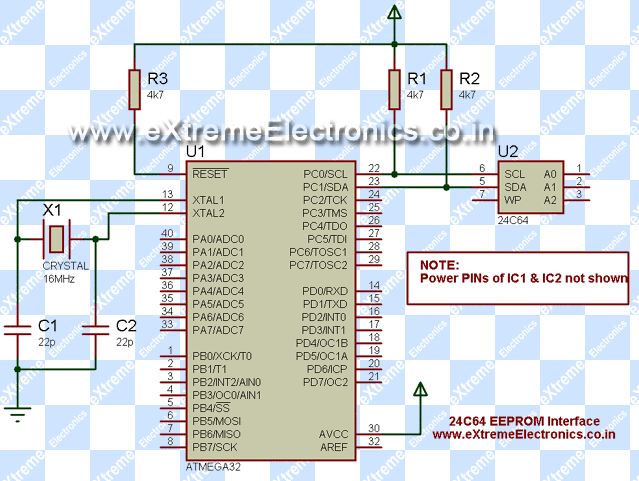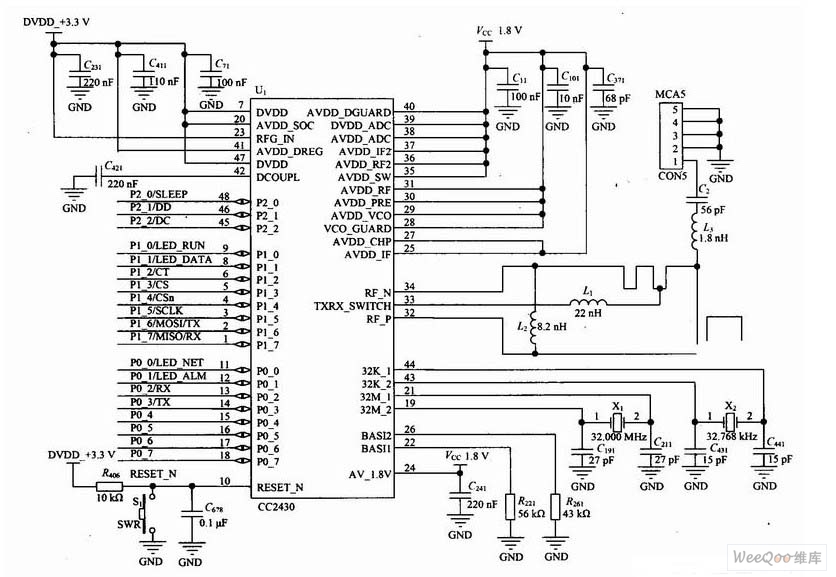
Wire color music lantern controller
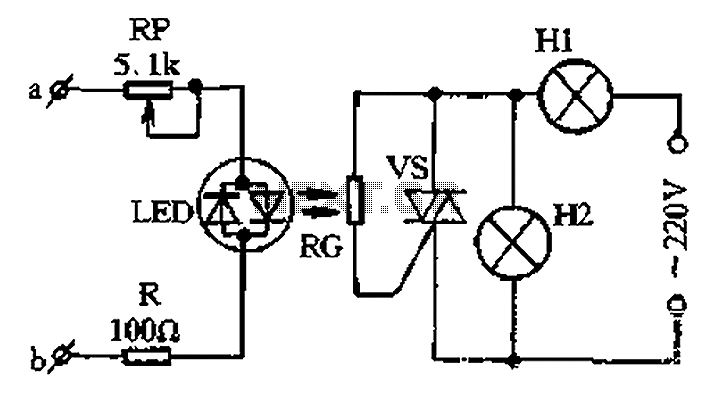
The circuit for a two-color music lantern controller is illustrated in Figure 1-44 below. Terminals a and b are located at both ends of the speaker, which receives audio signals. The audio signal is processed through a sensitivity adjustment potentiometer (RP) and a current-limiting resistor (R), which apply the signal to both ends of the color light-emitting diodes (LEDs) to flash in rhythm with the music. The LEDs and a photoresistor (RG) form a simple optocoupler, where the resistance of RG changes with the LED's illumination. When the music sound is weak or interrupted, RG presents a high resistance, causing the triac trigger voltage to be in a non-blocking state. This results in a higher wattage at the lights on H1 compared to H2. Consequently, most of the 220V AC voltage is directed to H2, causing it to glow green while H1 emits only a faint red light. When the music is loud, the LED lights up, RG shows low resistance, and the AC trigger signal is activated, resulting in H2 becoming a short circuit and not emitting light, while H1 glows normally in red. Thus, the lights H1 and H2 alternate in brightness, displaying red and green shades in sync with the music's rhythm.
The two-color music lantern controller circuit operates by integrating audio signal processing with visual light output, creating an interactive experience that responds to sound. The audio signal is first fed into the circuit via the speaker terminals, where it is conditioned by the potentiometer (RP) to adjust sensitivity levels, allowing for customization based on the environment and audio source. The current-limiting resistor (R) ensures that the current flowing through the LEDs remains within safe limits, preventing damage.
The light-emitting diodes (LEDs) are crucial in this circuit, as they provide the visual feedback that corresponds to the audio input. The optocoupler configuration, which includes the photoresistor (RG), allows for a feedback mechanism where the resistance of RG varies with the intensity of the LED light. This dynamic interaction between the LEDs and RG plays a pivotal role in determining the operational state of the triac, which controls the power delivered to the light bulbs (H1 and H2).
In low audio conditions, the high resistance of RG results in a triac state that allows H2 to receive the majority of the AC voltage, illuminating it in green. Conversely, during high audio conditions, RG’s resistance decreases, triggering the triac to switch off H2 and turn on H1, which glows red. This alternating pattern creates a visually striking effect, enhancing the ambiance of the environment in which the circuit is deployed.
The design of this circuit emphasizes the importance of proper component selection and arrangement to achieve the desired responsiveness and visual effects. The choice of LEDs, the specifications of the potentiometer, and the characteristics of the photoresistor all contribute to the overall performance and efficiency of the music lantern controller. Proper calibration of these components ensures that the circuit can effectively respond to varying audio levels while providing a stable and engaging light display. Circuit wire two-color music lantern controller is shown in Figure 1-44 below. a, b terminals at both ends of the speaker according to the speaker, the speaker from the sound o f the audio signal by the sensitivity adjustment potentiometer RP and current limiting resistor R is applied to both ends of the color light emitting diodes LED to flash with the rhythm of the music. LED and photoresistor RG group into simple optocouplers, so RG resistance with the LED will light off level of change.
When the music sound weak or interrupted when, RG showed a high resistance, the triac trigger voltage vs non-blocking state is due wattage lights on much larger than the group Hl set wattage H2, so most 220V AC voltage landing in H2 ends, so H2 glows green when close to normal, and Hl only a faint red light; when the loud music Shi, LED light. RG showed low resistance, vs AC trigger signal is obtained and opened, then H2 was vs short circuit does not emit light, Hl is normal hair red.
So with the rhythm of the music and downs, Hl, H2 two lights alternately emit light and shade of red, green, two shade.
The two-color music lantern controller circuit operates by integrating audio signal processing with visual light output, creating an interactive experience that responds to sound. The audio signal is first fed into the circuit via the speaker terminals, where it is conditioned by the potentiometer (RP) to adjust sensitivity levels, allowing for customization based on the environment and audio source. The current-limiting resistor (R) ensures that the current flowing through the LEDs remains within safe limits, preventing damage.
The light-emitting diodes (LEDs) are crucial in this circuit, as they provide the visual feedback that corresponds to the audio input. The optocoupler configuration, which includes the photoresistor (RG), allows for a feedback mechanism where the resistance of RG varies with the intensity of the LED light. This dynamic interaction between the LEDs and RG plays a pivotal role in determining the operational state of the triac, which controls the power delivered to the light bulbs (H1 and H2).
In low audio conditions, the high resistance of RG results in a triac state that allows H2 to receive the majority of the AC voltage, illuminating it in green. Conversely, during high audio conditions, RG’s resistance decreases, triggering the triac to switch off H2 and turn on H1, which glows red. This alternating pattern creates a visually striking effect, enhancing the ambiance of the environment in which the circuit is deployed.
The design of this circuit emphasizes the importance of proper component selection and arrangement to achieve the desired responsiveness and visual effects. The choice of LEDs, the specifications of the potentiometer, and the characteristics of the photoresistor all contribute to the overall performance and efficiency of the music lantern controller. Proper calibration of these components ensures that the circuit can effectively respond to varying audio levels while providing a stable and engaging light display. Circuit wire two-color music lantern controller is shown in Figure 1-44 below. a, b terminals at both ends of the speaker according to the speaker, the speaker from the sound o f the audio signal by the sensitivity adjustment potentiometer RP and current limiting resistor R is applied to both ends of the color light emitting diodes LED to flash with the rhythm of the music. LED and photoresistor RG group into simple optocouplers, so RG resistance with the LED will light off level of change.
When the music sound weak or interrupted when, RG showed a high resistance, the triac trigger voltage vs non-blocking state is due wattage lights on much larger than the group Hl set wattage H2, so most 220V AC voltage landing in H2 ends, so H2 glows green when close to normal, and Hl only a faint red light; when the loud music Shi, LED light. RG showed low resistance, vs AC trigger signal is obtained and opened, then H2 was vs short circuit does not emit light, Hl is normal hair red.
So with the rhythm of the music and downs, Hl, H2 two lights alternately emit light and shade of red, green, two shade.
Warning: include(partials/cookie-banner.php): Failed to open stream: Permission denied in /var/www/html/nextgr/view-circuit.php on line 713
Warning: include(): Failed opening 'partials/cookie-banner.php' for inclusion (include_path='.:/usr/share/php') in /var/www/html/nextgr/view-circuit.php on line 713
